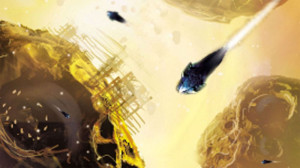Books offer a unique entertainment experience because they are a two-way street. The author provides the script in the form of the book. The reader calls upon an inner artist — essentially, an entire internalized motion picture production company — creating the actors, the sets, and the exciting action set-pieces in in her or her mind.
It helps, of course to have the right books to make these experiences most like the movies. With that in mind, here’s a selection that will beat any blockbuster you might sit through this summer. Some of these titles may be headed to the big screen, but if you read them now, you can have your own personal director’s cut.
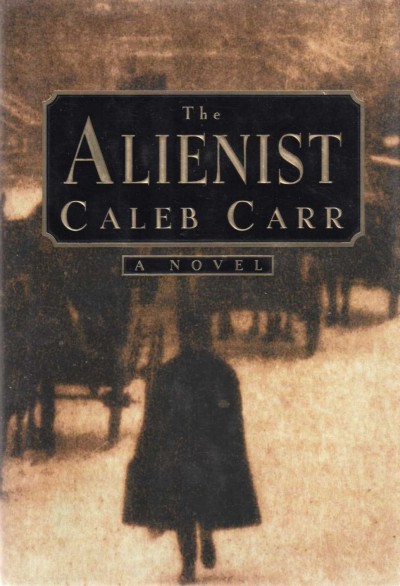
The Alienist
Caleb Carr
The “alienist” of the title is the term that was once applied to psychologists, because they studied those who were “alienated” from themselves. In Carr’s creepy, terrifying vision of New York City in 1896, Doctor Laszlo Kreitzler is an alienist who finds himself pursuing a man who is killing adolescent boys. The Alienist begins as Theodore Roosevelt, then Police Commissioner of New York, enlists the aid of Kreitzler and John Schuyler Moore, a crime reporter for The New York Times. The murders are causing a rising panic in the city. With Sara Howard, a police secretary, they will work to determine who is killing the boys by determining why the boys are being killed. It’s nothing less than the birth of “profiling,” as it is known today, in a dank and musty city of yesterday.
Carr front-loads the story with meticulous details, and as the story unfolds, you’ll feel that city around you as well as the rising tension. Kreitzler is a great American version of Sherlock Holmes, and Carr does a bang-up job making sure his deductions never swerve into pastiche or anachronism. Think of Silence of the Lambs in a historical setting. Carr always had a movie in mind when he wrote the book. Rights were sold and scripts were written (Phillip Kaufman spent two years in San Francisco on this project), but none ever made it to screen, and that’s probably for the best. The Alienist crafts a world that goes beyond the pages but never leaves the Earth.
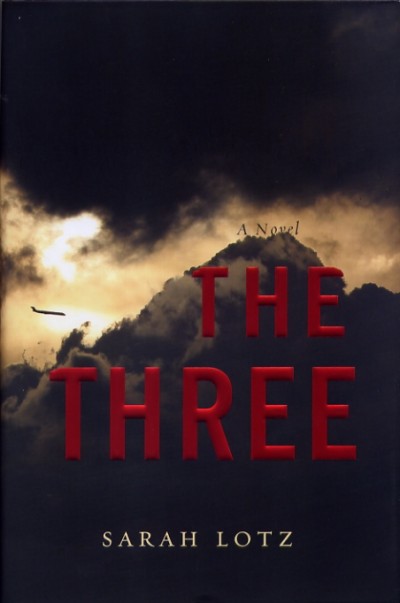
The Three
Sarah Lotz
Author Sarah Lotz had a fear of flying, and thought that writing about plane crashes might cure her. Instead, she wrote the opening passage of The Three and found herself unable to sleep for two weeks. We see a crash from the perspective of Pamela May Donald, a nice low-key woman with an evangelical bent. But it’s not the only crash. Four planes go down at the same moment, in four locations around the world; Pamela’s flight in Japan, another in Florida, one in the ocean off the UK, and one that annihilates a township just outside of Capetown in South Africa. It’s definitely not terrorism. One child miraculously survives in three of the disasters. They are “The Three,” and a phone recording from Pamela is taken as a dire warning of apocalyptic proportions by her “End-Times” pastor.
Lotz tells the story as a work of “non-fiction” by journalist Elspeth Martin in an utterly gripping oral history. Panic about the cause of the crashes escalates and is whipped up by proponents of alien overlords as well as those hoping to see the Book of Revelations come to pass. The search for “The Fourth Child” in Africa becomes an obsession, as The Three are forced into hiding. Lotz will keep you reading and immersed until the very last page, and in the process crafts scenes you’ll never forget. Buy an extra copy to loan to your friends, because you won’t want to give up yours before you’re done, or even after.
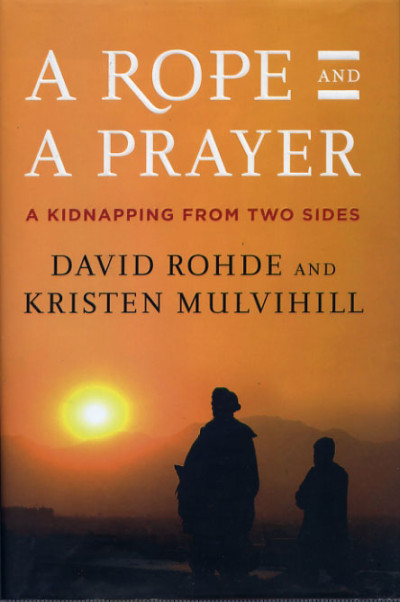
A Rope and a Prayer: A Kidnapping from Two Sides
David Rohde and Kristen Mulvihill
It’s the sort of story that sounds like a movie pitch, and it’s intensely timely four years after the book came out. David Rohde was a New York Times reporter who was heading to what he thought would be an interview with a top-ranking Taliban. Instead, he was kidnapped and held for ransom. His wife, Kristin Mulvihill, was working as the Photography Director for Cosmopolitan magazine.
“We don’t make deals with terrorists,” is much easier said than done. This book recounts, in alternating chapters, Rohde’s experience of being kidnapped and Mulvihill’s efforts to get him returned. Not a word is wasted in this intense, true story. On both sides of the equation, things get surreal pretty fast, with Mulvihill supervising the photo shoot of a fussy celebrity, then stepping out to view kidnap video with the FBI in a car parked in front of Starbucks. The Taliban would call them collect to demand the ransom.
Rohde spent his time being dragged at gunpoint, generally laying down in the back seats of cars, around one of the most dangerous places in the world. Hillary Clinton makes a guest appearance, not something you’re likely to see in the movies anytime soon. This is the stuff of thrillers, with an intense, real love story that will make the movie versions seem pale by comparison. As a chaser, read Rohde’s latest, Beyond War: Reimagining American Influence in a New Middle East. Prescience is apparently highly undervalued.
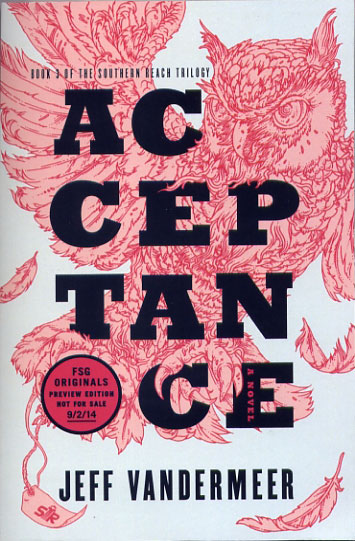
The Southern Reach Trilogy: Annihilation, Authority, and Acceptance
Jeff VanderMeer
The first two books in Jeff VanderMeer’s Southern Reach Trilogy, Annihilation and Authority, are already out, and the final, volume, Acceptance, is finished, available for review and hits the shelves in September. Annihilation is the story of the Twelfth expedition into Area X, a patch of land near somewhere near Florida that has undergone some unusual changes and been declared a toxic waste zone. But that’s clearly not what’s happening. The Southern Reach is the government agency, part CIA, part EPA, with a couple more parts of inexplicable, created to deal with Area X, because it appears to be getting bigger, and humans who go in often don’t come out. Those who do emerge are … different.
Annihilation is told from the perspective of the expedition’s botanist, whose grip on reality seems more slippery the longer she’s there. What happens changes her. Authority takes up the story from the perspective of “Control,” aka John Rodriguez, the man asked to take the helm of the moribund and ineffectual Southern Reach and get some results. The first book will make you shudder at the thought of a beautiful forest, and bunnies, while the second will evoke laughter and chills in equal portions. VanderMeer’s prose special effects are impeccable and mind-altering. Pace yourself so that you can pick up the third book the day it hits the shelves.

One Plus One
Jojo Moyes
Jojo Moyes’ One Plus One takes the stuff of everyday life and adds just the right amount of challenge to craft a superbly enjoyable story about a single mother with odds to overcome. Jess barely earns enough cleaning houses and working at the pub to support her two children. Her ten-year old daughter, Tanzie, might just be a math genius. Her stepson, Nicky, seventeen, is a Goth who unsurprisingly has to pay a hefty social price for his choice. Tanzie has a shot at private school, but there are obstacles, not the least of which is Ed Nicholls, one of Jess’ clients. They dislike one another from the get-go, in an authentic and enjoyable-to-read-about manner.
Moyes takes the stuff of romance and writes the heck out of it, giving readers of all ages and sexes a novel that’s funny, entertaining and tense. A hellish road-tip is the highlight, with a side order of the new British caste and class system effectively examined and brought to light. Great, realistic characters make the comedy funnier and the emotions ring true. One Plus One shows Moyes at the height of her considerable powers and demonstrates that you can finish a great book and feel happy about life.
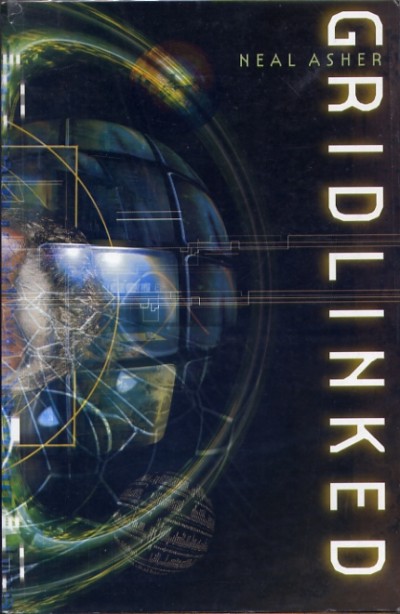
Gridlinked
Neal Asher
Every summer needs a space opera or two. We’ll step back a few years and pick up the first big novel by Britain’s Neal Asher, Gridlinked, to make us forget “Ferngully in Space,” “Lens Flares: Into Darkness” and “Groanmetheus.” Asher builds a universe that’s probably far too big to fit on the screen, but well-written enough to expand your reading mind to infinity and beyond.
Humankind travels through the universe using runcibles, a technology that allows instantaneous travel from one world to the next. When an apparent runcible accident on the planet Samarkand causes a disaster, killing thousands, Agent Cormac is sent there to find out what is going on. Cormac is a burnout, and what he confronts on Samarkand will require from him efforts, and success, that he’s never imagined.
Asher’s sparse prose evokes a gritty, often horrifying future with muscular ease. The set-pieces here, the shuttle battles, the confrontations with Mr. Crane, a difficult killing machine, and the ominous encounters with the Dracomen, who may be just a small part of a much larger alien, are superbly crafted. There’s a nice undertone of dark humor.
Cormac is a great, mordant character, part Terminator and part James Bond. Asher’s universe is gritty and industrial but gravid with life-to-be and fierce, unpleasant monsters. No CGI can match this. We’ll just have to go out there and find it ourselves, by which time we’ll discover that reading about monsters (human and otherwise) is better than meeting them. Of the many sequels, check out The Skinner first.
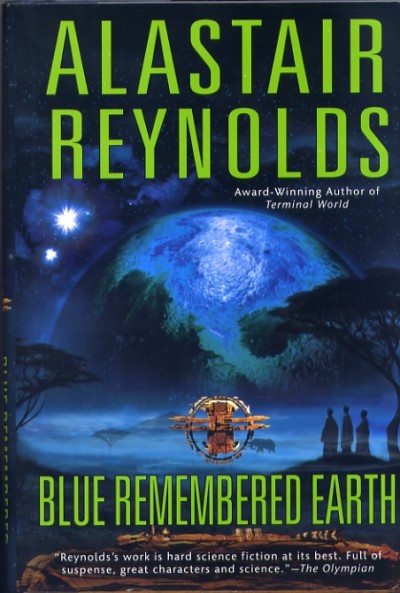
Blue Remembered Earth and On the Steel Breeze
Alastair Reynolds
Alastair Reynolds spent sixteen years working for the European Space Agency as an astrophysicist, but you’d never guess it from the lyrical prose and deep characters that bring his science fiction to life. The spot-on science and intuitive technology he crafts live up to his previous occupation, but the writing is the star of his latest space opera series, which begins with Blue Remembered Earth and continues in his latest, On the Steel Breeze.
Reynolds is an optimist, and we start in the first book, Blue Remembered Earth, with an Earth led by Africa that’s solved enough problems to make space travel possible. Geoffrey Akinya doesn’t want to be a part of it. He wants to study elephants, but his family has secrets on the Moon. His grandmother, Eunice, has created an awkward situation, discovering something that might upend utopia. On the Steel Breeze finds Eunice’s great granddaughter, Chinya Akinya, part of an expedition that might need to discover its own origins. Reynolds will immerse you in the universe and give you the sense of wonder, an authentic feeling that there is more than we know, but not necessarily more than we might know.
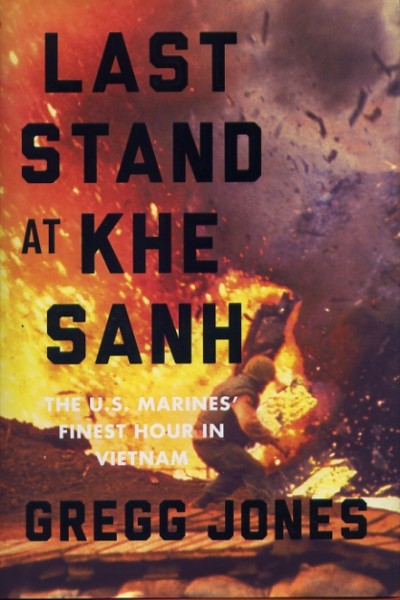
Last Stand at Khe Sanh
Gregg Jones
In early 1968, 6,000 U.S. Marines, gathered in a remote mountaintop stronghold in South Vietnam called Khe Sanh, and found themselves surrounded by 20,000 well-armed North Vietnamese soldiers. Outnumbered more than three-to-one, the Americans held off the Vietnamese for 77 days. Historian Gregg Jones turns that battle into a nail-biting, page-turning and emotionally involving story, bringing to light and to life a sad, terrible moment shot through with heroism and the American military at its best.
Jones manages to craft painstaking research into a gripping story of what he calls “the iconic confrontation of the Vietnam war.” It’s not pretty, but Jones manages to wrangle a farrago of facts into a comprehensible and compelling portrait of young men in hellish conditions. Maps and photos help, but it’s Jones’ ability to find the through-line of character and follow it that keeps you reading like an addict. This is not a pretty book; it wasn’t a pretty war. What Jones manages in Last Stand at Khe Sanh will come to life in the reader’s mind in a manner that may change the way you think the next time our country feels compelled to stop a domino.
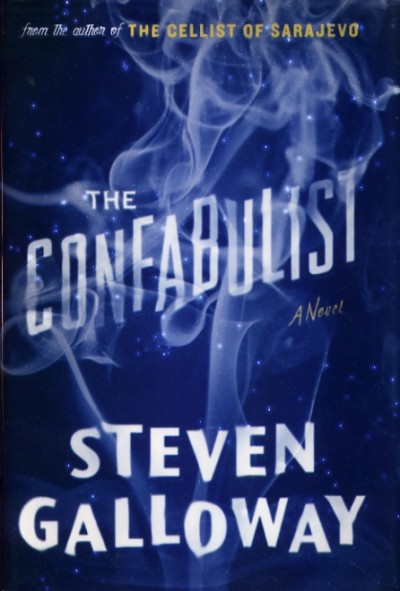
The Confabulist
Steven Galloway
Harry Houdini died from a ruptured appendix, which may have been the result of a punch to his abdomen. That’s the story we’re told, but it’s only one of many to wind their way through Steven Galloway’s The Confabulist, an intense dive into the life and death of Harry Houdini.
Galloway conjures up the past with an eloquence and a sense of sinewy power no mere camera can match, because he does so from within, from the perspectives of his craftily-created characters. Houdini steps off the page and onto the stage of your reading mind, his artfully constructed magic no less or more an illusion than the words of the writer re-creating them.
Houdini sometimes seems like Sherlock Holmes and it is no coincidence he was a fan of the character and even a friend, of sorts, to Holmes’ creator, Sir Arthur Conan Doyle. But Doyle was a Spiritualist, and Houdini would not, could not believe. You won’t believe in magic, you won’t believe in spirits, but you will certainly believe that writing, at the level Galloway manages, is indeed a very powerful form of magic.
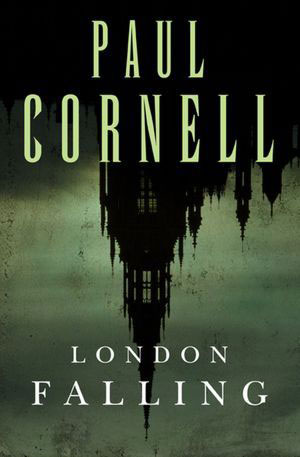
London Falling and The Severed Streets
Paul Cornell
Paul Cornell is probably best known for writing the some of the most-loved episodes of the recent run of the BBC’s Doctor Who. In London Falling, Cornell introduced Inspector James Quill, one of a quartet of London cops who manage to acquire the Sight. It’s not a happy prospect, as they’re now able to see the witches and magic of London, and thus privy to their secrets — and more likely to be their prey. They use both their new sensibilities and modern technology to manage the threats of magic and monsters. London Falling begins with an investigation into a suspect killed by something unseen while in custody. The situation devolves, and Quill and his team find that magic is far too often fatal.
In The Severed Streets, Quill and his team must once again deal with an assailant only they can see. Really, really creepy murders begin to seem ominously like those of Jack the Ripper. An unsettled and unsettling political milieu makes life all kinds of difficult for Quill and company. This is a dark, intense police procedural horror novel. Read with a grimace but finish with a grin.
The real magic in any book happens off the page. It happens when the reader transforms the words into something more than communication, more than facts. To be certain, these books are all entertaining. But more than that, these books will inspire the artist that is any reader to new heights of creation. You create for an audience of one, but join an audience of many. Reading is the ultimate outlet for mass creativity, and the creativity of the masses.
